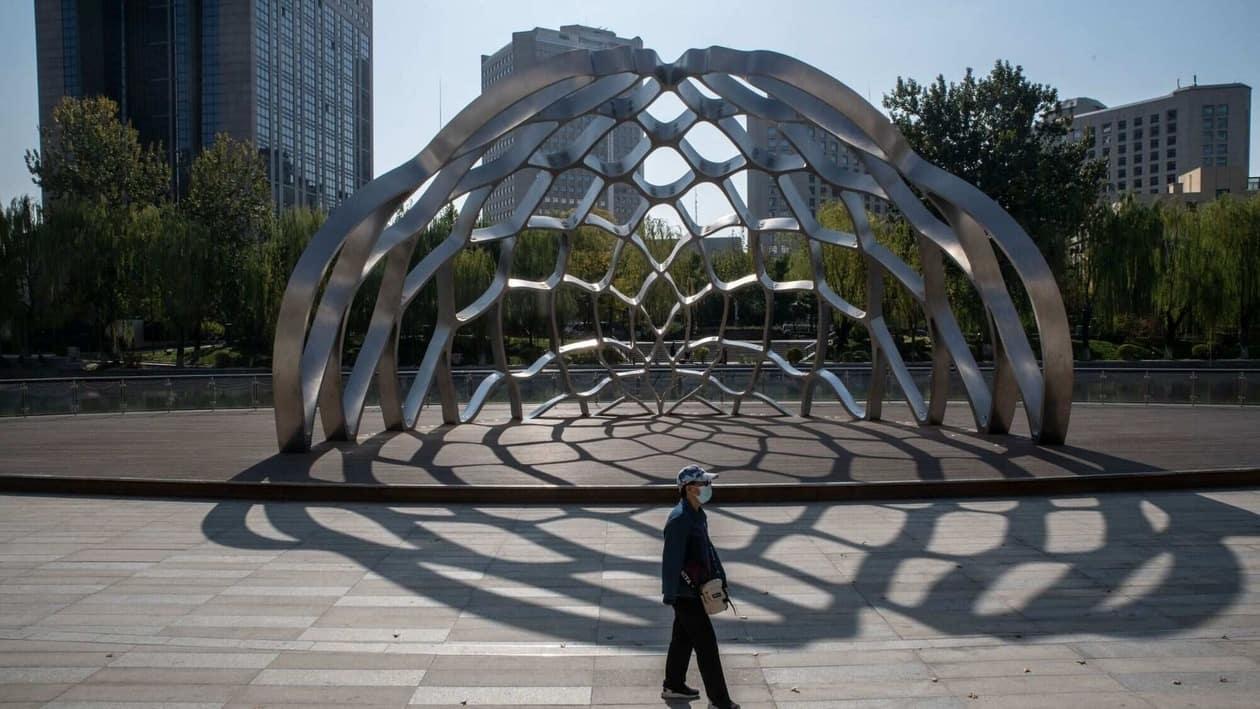(Bloomberg) -- The yuan tumbled to the weakest since 2007 after the People’s Bank of China loosened its grip on its tightly-controlled currency fixing by setting the rate at a 14-year low.
The currency traded in Shanghai slumped as much as 0.6% to 7.3084 per dollar as it inched close to the weak end of its 2% trading band around the PBOC’s fixing. On Monday, it came the closest to breaching the weak end of the trading band since 2015.
What was already a tough year for China investors looks to be turning into something much worse with overseas-listed stocks in freefall, the offshore currency at a record low and the domestic yuan threatening to break its tightly-managed trading band. A leadership reshuffle giving President Xi Jinping’s unchallenged control risks reigniting a debate that the world’s second largest economy is uninvestable.
“The idiosyncratic risk is rising given the worsening expectation as well as concerns about capital outflows,” said Tommy Xie, head of greater China research at Oversea-Chinese Banking Corp. “The fixing shows the PBOC is not using it to turn around the yuan depreciation.”
The central bank loosening its grip on the yuan is in contrast with the Bank of Japan which is intervening to rescue the yen. Losses in the yuan and yen are adding to the downward pressure on Asian currencies that are already weighed down by their widening rate gap with the US.
The PBOC’s move to ease its tight-ranged fixing following the party congress was predicted by around 90% of the 30 yuan traders who responded to a Bloomberg survey last week. Half of the respondents said they expected the yuan to be pushed to 7.4 or even 7.5 per dollar within the year, and only 10% saw it at around 7.25.
The yuan has already weakened past the key 7.3 per dollar following the conclusion of the party congress. A gauge of Chinese stocks listed in Hong Kong fell, extending Monday’s 7.3% plunge that pushed the gauge to the lowest since 2008.
China Measures
China has taken several measures to slow the yuan’s depreciation though their effects remain limited. Right before the PBOC released its fixing on Tuesday, the central bank tweaked a policy to make it easier for companies to seek funding offshore, effectively allowing more capital inflows. In recent months, policy makers made it more expensive for traders to short the yuan with derivatives and added foreign-exchange liquidity.
The onshore yuan still remains on track for the worst annual loss since 1994.
The PBOC’s Deputy Governor Pan Gongsheng reaffirmed a pledge late last week to keep the yuan “stable on a reasonable and equilibrium level,” and vowed to push forward exchange-rate reforms. The central bank said in an article earlier this month that the currency “will achieve equilibrium by itself as supply and demand play a decisive role,” in an indication of its reluctance to intervene heavily.
“Given this trend of loosening in the fixing, it shows that the PBOC is ok with letting the yuan weaken,” Yuting Shao, a strategist at State Street Global Markets said on Bloomberg Television. “The market reaction is a little bit overblown and you still have to wait for more policy detail plans in the future.”
